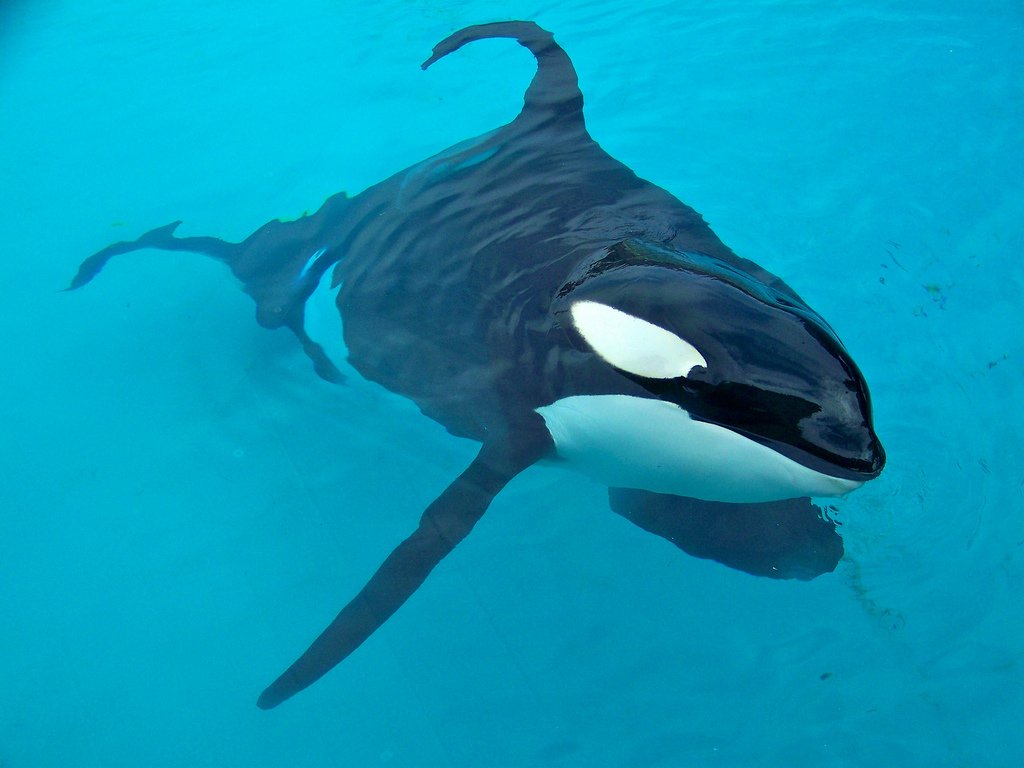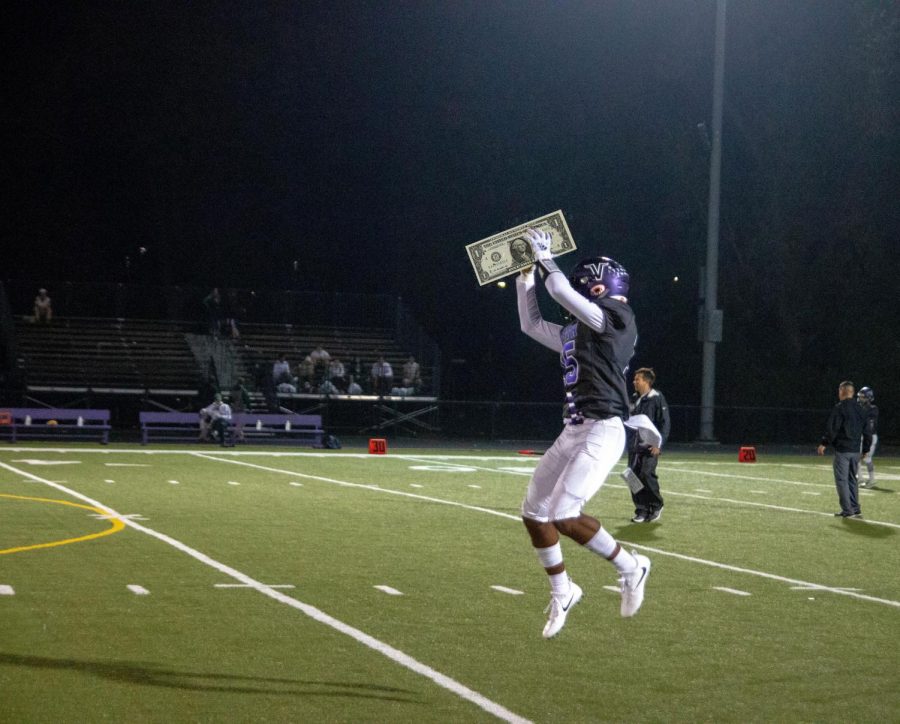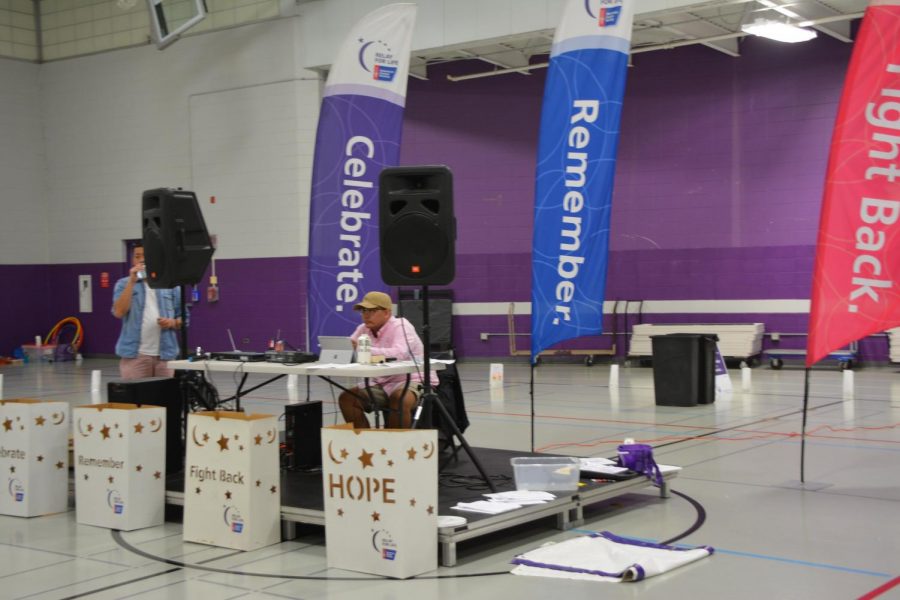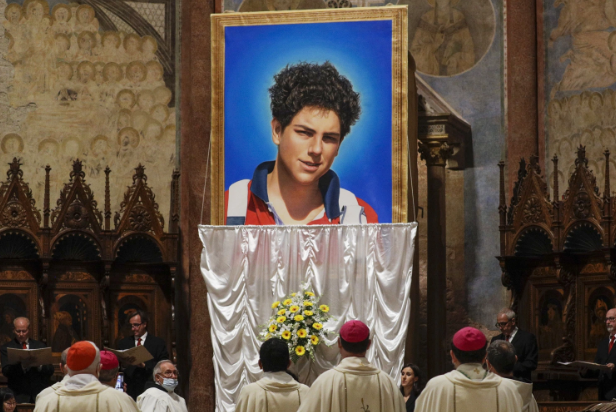Over the years treatment of animals in zoos has become significantly better, their diets and habitats are carefully examined and maintained, which might be why the public never asked any questions when it came to the aquatic life facilitation centers.
If you’re unfamiliar with the story of the orcas of Sea World, here’s a quick synopsis. An orca by the name of Tilikum was captured in 1983 and brought to a aquatic center called Sealand in Canada. In 1991 an instructor fell into the pool with three orcas and was pulled down and killed by Tilikum. Sealand promptly shut it’s doors and put the orcas up for sale, and they weren’t on the market for long. Tilikum was one of the biggest orcas being sold at the time and was a male that could be mated with as many whales as needed. The only downside was a history of aggression due to confinement and mistreatment, but that wasn’t a big concern to Sea World which now has whales that have over 54% of Tilikum’s genes in them.
“I’ve been to Sea World maybe three or four times,” Davin Allen, senior says, “but if I had known about all of the stuff they did I would of made my family cancel that part of our trip. I don’t believe any animal should be abused that way, it’s cruel and not fair.”
The deepest tank at SeaWorld is a whopping 40 feet deep, while whales in the ocean dive to about 10,000 feet regularly. So when studies came out showing orcas can become aggressive and violent when kept in captivity, certain safety measures should have been taken. But they were not, to say the very least. In 1999 another trainer was killed and in 2010 another. All three deaths were caused by the same orca and after the tragedy in 2010 they took action by secluding Tilikum. But this only lasted for a year until he started performing for paying crowds again.
In 2013 a documentary came out, Blackfish, revealing all of the mistreatment and illegal activity being orchestrated by SeaWorld. It not only created public outrage, but helped in dropping their stock price and attendance rates. Since the film, retired and fired workers and trainers of SeaWorld have came out agreeing with the allegations and adding on to the stories of misconduct occurring daily within SeaWorld.
“This is definitely not cool. They are living things too! I hate places that do that to animals,” Sara Zengoska, senior, said.
Recently another ex-trainer has come out with stories of orcas skin being scraped off by other whales who have been captivated and not kept in decent conditions. But stories of mistreatment throughout other exhibits were exposed and confirmed, such as the penguin enclosures not being secure enough which allowed guests to throw garbage and harmful things into their habitats. This leads to the penguins eating deadly materials and ultimately killing a significant portion of their penguin population.
She goes on to say that the belugas have also been through years of exploitation. A female beluga by the name of Ruby was continuously bred despite the fact of each calf being killed by her. Since news of a baby beluga was good for business, SeaWorld found it easy to cover their tracks by saying they had become sickly or they died of natural causes. When in actuality Ruby had attacked her calf after rejecting it due to the artificial insemination.
And while anyone you ask will agree, people are still paying and visiting Sea World everyday. So the question remains, how do we stop the unfair treatment of these animals?













